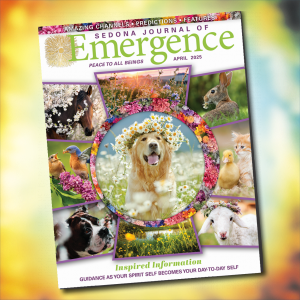Traditional Insights into Yoga
Traditional Insights into Yoga Mally Paquette
Parsa means “side or flank,” and tan signifies “intense stretch” or “going beyond limits.” This pose creates a pole from the spine, which stretches us beyond self-imposed limitations. We can learn to go further in our lives through the energetic potential (kundalini) in the central channel of the spine, called sushumna. Our daily yoga practice requires contemplation and listening to our cellular structure. The powerful, sacred breath enters our physical temple and clears the samskaras (traumas), releasing old karmic patterns.
As we exhale and surrender, our upper torso, lower limbs, and head are drawn to earth. Our arms reach to the sky, opening our hearts and stimulating the thymus gland. As we soften our hearts and focus our drishti on our big toes, we enter a meditative state. The inner chambers of our hearts open the portals to the Kalpataru Wishing Tree. The ancient posture connects the practitioner to this celestial tree deep in the heart chakra’s inner cave. It is known as the Abode of Mercy, where we discover sweetness and truth. The Ananadakanda Lotus is regarded as the inner courtyard of the heart, where an individual merges with the holy.








